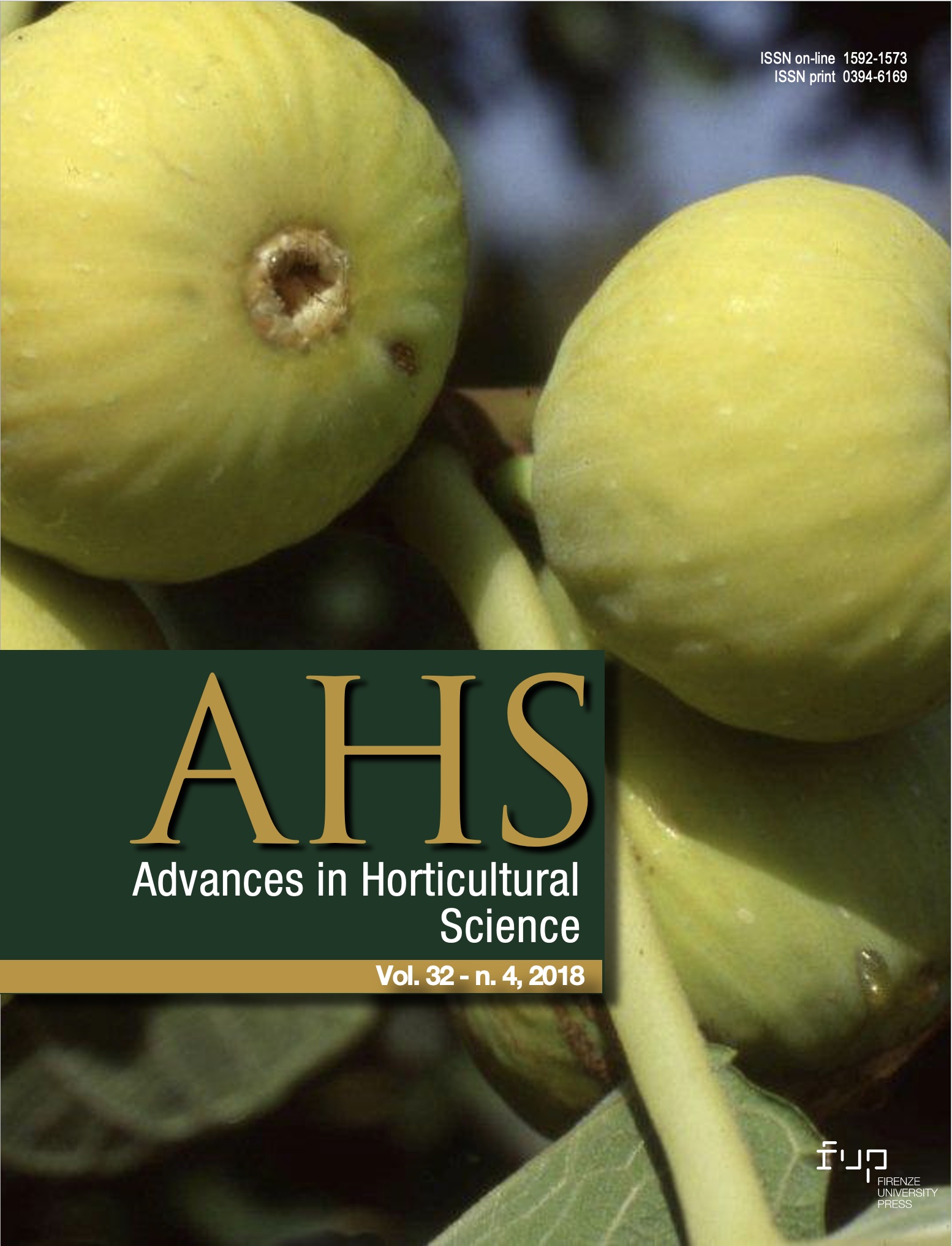Flower development and pollen vitality of Moringa oleifera Lam. grown in a humid temperate climatic condition
Published 2018-09-28
Keywords
- fertility,
- flower anatomy
How to Cite
Abstract
Moringa oleifera is a tropical tree cultivated in many countries. This species has acquired a great importance in human nutrition and it was recently indicated as a “novel food” by the European Commission. Recently, moringa plants have been introduced in humid temperate climatic areas, among which Moreno (Buenos Aires Province - Argentina). In such area, the cultivation is possible for the production of leaves, but plants need protection during winter time in order to overcome damages due to low temperatures and hence to produce capsules and seeds. The main objective of this research was to study flower morphology and anatomy of M. oleifera, as well as microsporogenesis and viability of pollen grains of plants cultivated in Moreno in comparison with those produced in a humid sub-tropical climatic area of Argentina (San Miguel de Tucumán). Flowers grown in the temperate environment resulted similar for morphological parameters to those observed in the sub-tropical environment. Nevertheless, pollen grain fertility depended directly on air temperature and it was negatively affected by the lower temperatures registered in the temperate site. According to the observed results, pollen viability increases with mean monthly temperatures above 16°C.






